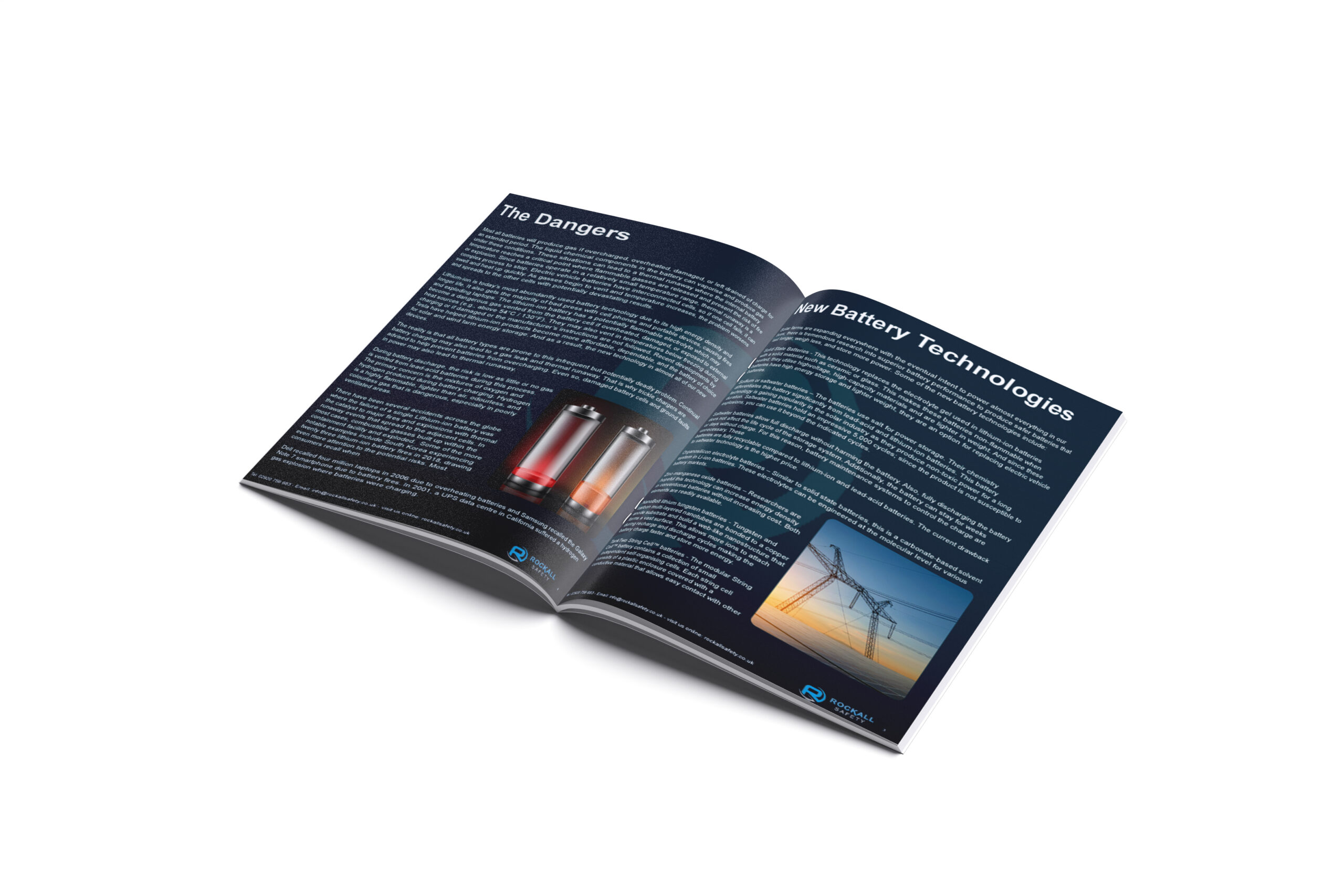
Lithium-Ion Batteries: The Hidden Dangers
Lithium-ion batteries have become integral to our daily lives, powering everything from smartphones to electric vehicles. However, despite their widespread use and convenience, these batteries carry hidden dangers that can pose significant risks if not properly managed. With incidents of battery fires and malfunctions making headlines, it is crucial to understand the potential hazards associated with lithium-ion technology. By recognising the risks related to overcharging, physical damage, and defective units, users can take proactive steps to ensure safety and prolong the lifespan of their batteries. In this article, we will explore the hidden dangers of lithium-ion batteries and provide essential safety guidelines to mitigate these risks.
Understanding The Risks
Thermal Runaway: This is the most severe hazard associated with lithium-ion batteries. If the battery is subjected to excessive heat, overcharging, or short circuiting, it can trigger a cascading chemical reaction that generates heat, gases, and potentially flames. In extreme cases, this can lead to a battery explosion or fire.
Cell Swelling: As lithium-ion batteries age or are knocked about, they may experience cell swelling. This can cause the battery to deform or rupture, leading to short circuits and potential fires.
Toxic Fumes: When lithium-ion batteries catch fire or are damaged, they can release toxic fumes, including hydrogen fluoride and other harmful substances. These fumes can be dangerous if inhaled and can cause respiratory problems.
Electrolyte Leaks: The electrolyte in lithium-ion batteries is a flammable liquid that can leak if the battery is damaged. If the electrolyte meets a heat source or sparks, it can ignite.
Recent statistics show a significant increase in fires related to lithium-ion batteries in the UK. This trend is particularly alarming due to the widespread use of these batteries in various devices, from smartphones and laptops to electric vehicles and energy storage systems.
Key findings from recent reports show that between 2022 and 2023, the number of fires linked to lithium-ion batteries in the UK increased by 46%. A significant portion of these fires involved e-bikes and e-scooters, highlighting the growing popularity and associated risks of these electric vehicles. Fires involving lithium-ion batteries often burn hotter and for a longer duration than traditional fires, making them more difficult to extinguish and increasing the risk of property damage and injury.
Contributing Factors
Overcharging EV batteries can significantly increase the risk of battery fires, particularly when incorrect charging practices are employed, such as using incompatible chargers. Additionally, physical damage to the battery casing or its internal components can lead to short circuits, which may also result in fires. Furthermore, defective or low-quality batteries may possess inherent flaws that heighten the likelihood of malfunction, compounding the potential hazards associated with electric vehicle batteries.
Safety Precautions
To ensure the safety of lithium-ion batteries, it is essential to follow the manufacturer’s guidelines for charging and storing them. Avoid overcharging or fully discharging the battery, and always store it in a cool, dry place. Protect the batteries from physical damage, such as punctures or drops, to minimise the risk of failure. Only use approved chargers specifically designed for your device or battery, and when a lithium-ion battery reaches the end of its life, dispose of it properly according to local regulations; never throw it in the rubbish or recycle it with general waste. Additionally, monitor the battery for signs of trouble, such as swelling, excessive heat, or unusual odours. If any of these symptoms are present, cease using the battery immediately to prevent potential hazards.
Industry Efforts and Future Solutions
The growing concerns surrounding lithium-ion battery safety have prompted researchers and manufacturers to explore safer alternatives and improved battery management systems. Some promising developments include solid-state batteries, which use solid electrolytes instead of liquid ones, and advanced battery monitoring technologies that can detect and prevent potential hazards.
While lithium-ion batteries continue to be a valuable technology, it is essential to be aware of their risks and take appropriate safety precautions. By understanding the dangers and following best practices, we can minimise the likelihood of accidents and ensure the safe use of these powerful energy sources.
As the demand for lithium-ion batteries continues to grow, it is crucial to address the associated safety risks. By promoting awareness, improving safety standards, and implementing appropriate regulations, we can mitigate the potential dangers of these powerful energy sources.
Note: For the most up-to-date statistics and information, it is recommended to consult recent reports from organisations such as the UK Fire Service, the National Fire Chiefs Council, and relevant government agencies.
Download Our Whitepaper ”BATTERY POWER STORAGE: Protecting People and Plant” today!






